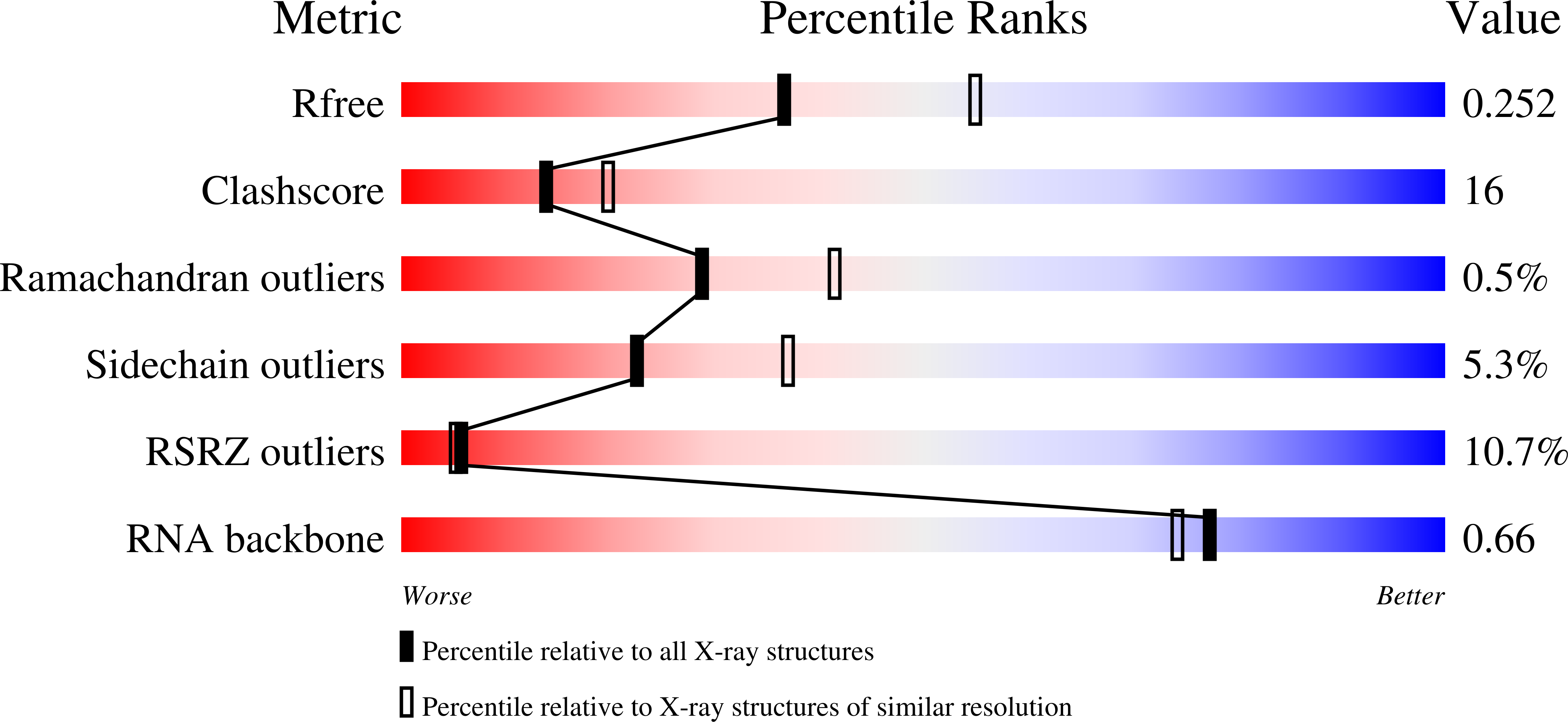
Deposition Date
2002-07-09
Release Date
2002-10-12
Last Version Date
2024-02-14
Method Details:
Experimental Method:
Resolution:
2.40 Å
R-Value Free:
0.26
R-Value Work:
0.22
R-Value Observed:
0.22
Space Group:
C 1 2 1


